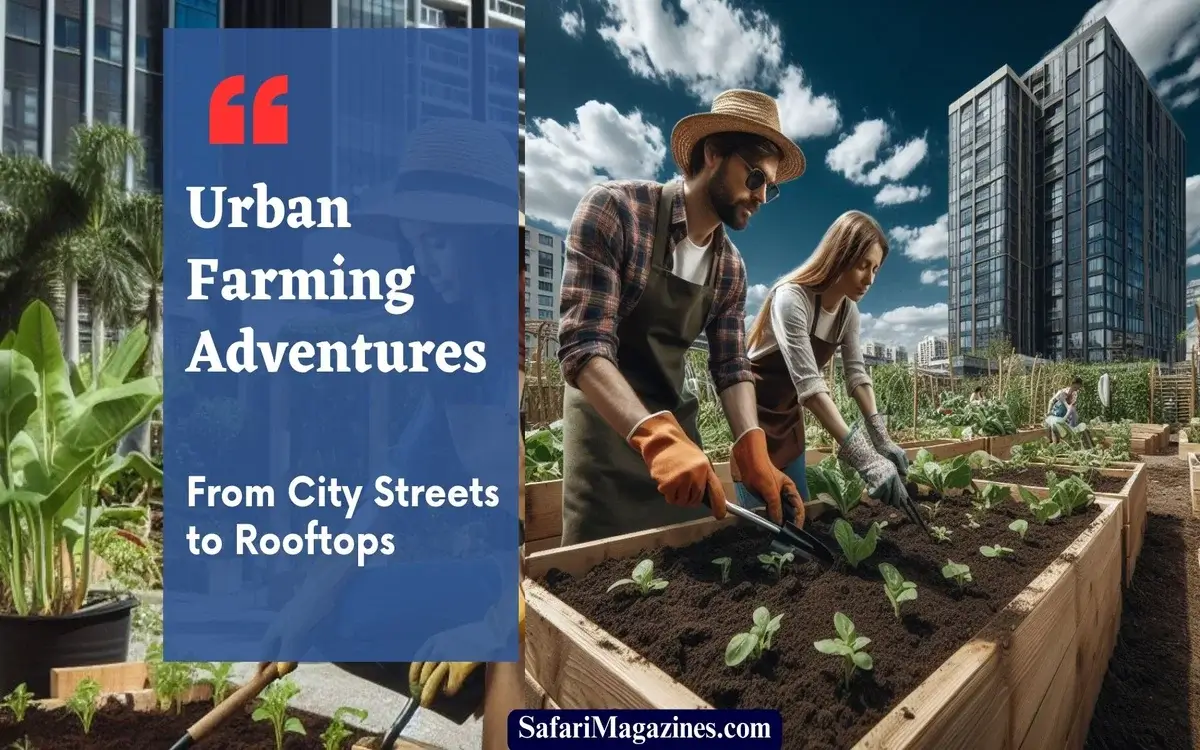
Urban Farming Adventures, From City Streets to Rooftops. Urban farming, once a niche concept, has blossomed into a global movement transforming cityscapes into green havens. As we navigate the concrete jungles, the notion of cultivating crops in the heart of the city may seem like a whimsical adventure. However, this urban farming revolution is far from a fantasy. It’s a flourishing reality that’s changing our understanding of and interactions with our urban environments.
Table of Contents
ToggleThe Evolution of Urban Agriculture
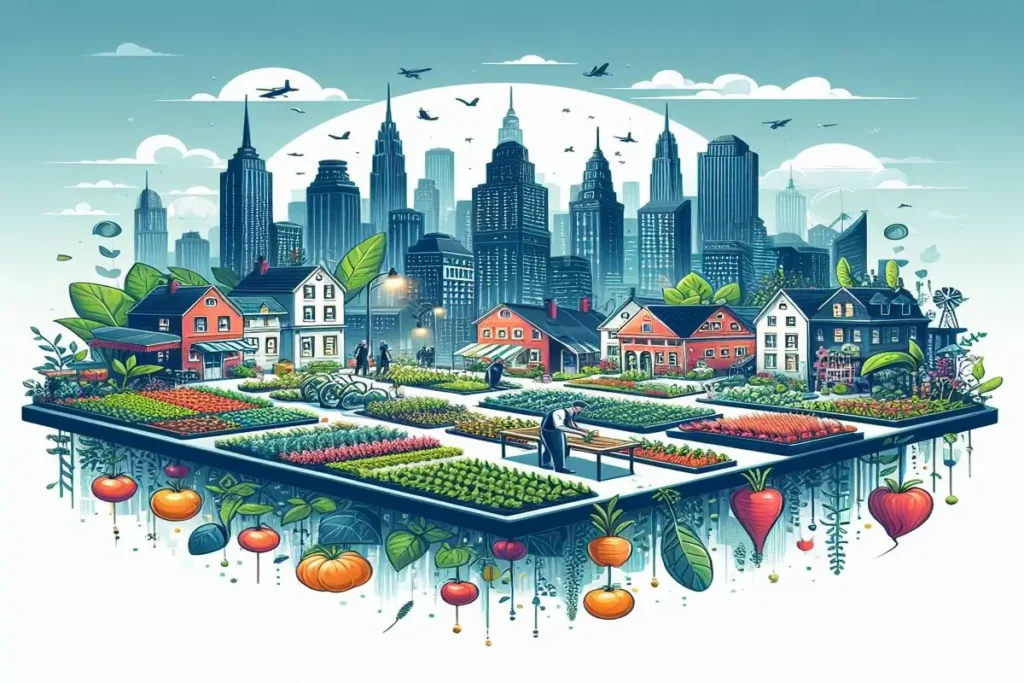
In the annals of history, agriculture was synonymous with expansive fields and rural landscapes. However, the evolution of urban agriculture has challenged this age-old perception. From the community gardens of the 1970s to the high-tech vertical farms of today, urban farming has come a long way.
Benefits of Urban Farming
Beyond the aesthetic appeal of green rooftops and bustling community gardens, urban farming offers a plethora of benefits. Urban farms offer various benefits to the environment, society, and economy. They help reduce carbon emissions and improve air quality, resulting in a healthier environment. Moreover, they create job opportunities and foster stronger community bonds. Grown on urban farms, produce typically has a higher nutritional value, contributing to the overall health of city people.
Types of Urban Farming
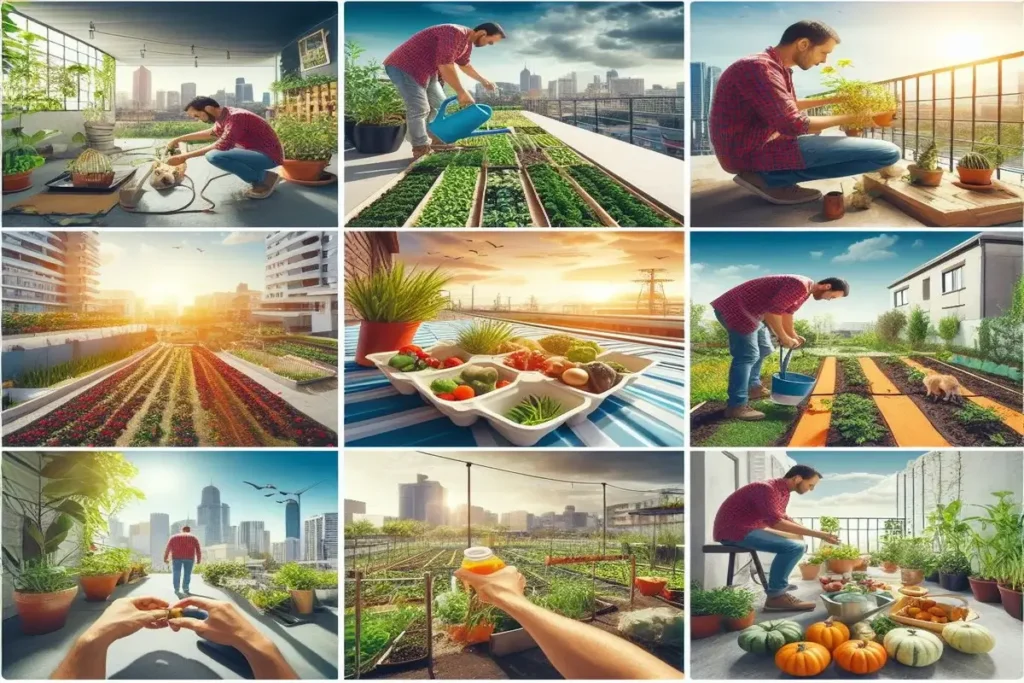
Urban farming isn’t a one-size-fits-all concept. Community gardens, vertical farming in abandoned warehouses, rooftop gardens, and indoor hydroponics setups are just a few examples of the diverse forms it can take. The adaptability of urban farming allows it to thrive in spaces as varied as a tiny balcony to a vast rooftop.
Challenges in Urban Farming
However, this green revolution is not without its challenges. Space constraints, soil quality issues, and the need for heightened community involvement and awareness present hurdles that urban farmers must navigate. Overcoming these challenges requires innovative solutions and a commitment to sustainable practices.
Innovative Solutions and Technologies
Enter aquaponics, hydroponics, and smart farming applications. These innovations in urban agriculture allow farmers to maximize resource use while minimizing their negative environmental impacts. Sustainable practices, such as rainwater harvesting and composting, are becoming integral to successful urban farming ventures.
Continue reading: Urban Farming Adventures: From City Streets to Rooftops.
Success Stories
To appreciate the true potential of urban farming, one needs to look no further than the success stories of thriving projects around the world. From rooftop farms in New York City to vertical gardens in Singapore, these endeavors showcase the adaptability and scalability of urban farming.
DIY Urban Farming Tips

For those intrigued by the prospect of cultivating their own patch of green amidst the urban sprawl, there are numerous DIY options. Small-scale gardening ideas, utilizing balcony and rooftop spaces, and engaging the community in urban farming initiatives are accessible ways to become a part of this growing movement.
Connecting Urban Farming with Local Businesses
The farm-to-table concept isn’t limited to rural landscapes. Urban farmers are increasingly collaborating with local restaurants and markets, fostering a direct connection between producers and consumers. This not only supports local businesses but also promotes a sustainable and transparent food supply chain.
Urban Farming and Biodiversity
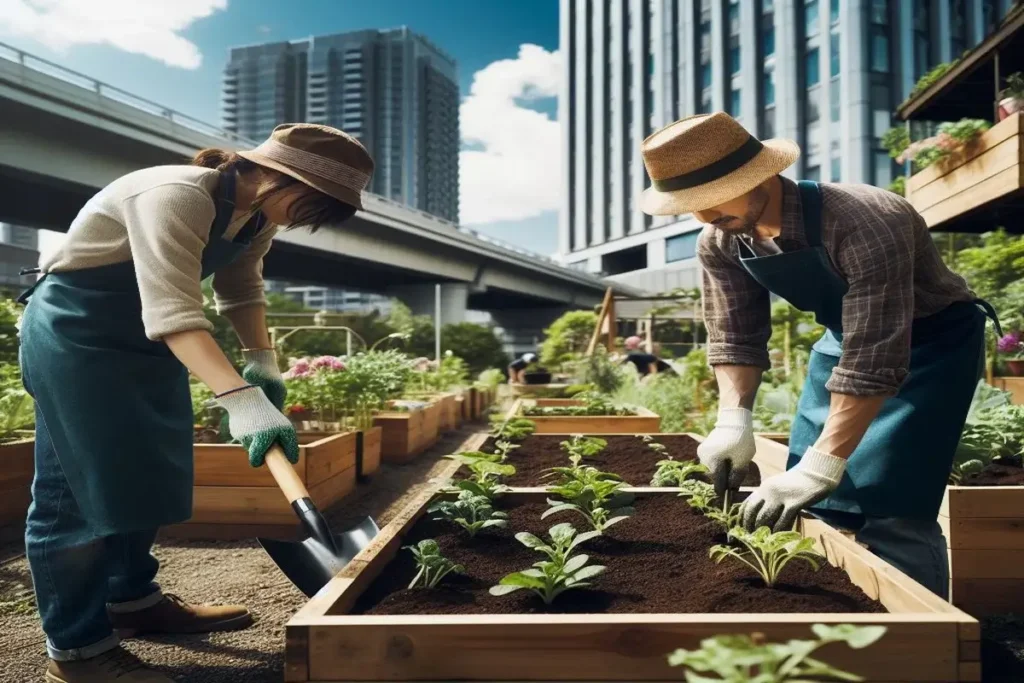
Contrary to the concrete jungle narrative, urban farming contributes to biodiversity preservation. Urban farms generate green spaces that serve as habitats for a variety of plant and animal species. So that enhancing the urban ecology.
Continue reading: Urban Farming Adventures: From City Streets to Rooftops.
Educational Programs and Workshops
To ensure the longevity of the urban farming movement, education is key. Initiatives that promote awareness and skills in urban agriculture, involving schools and communities, are crucial for building a sustainable future.
The Future of Urban Farming
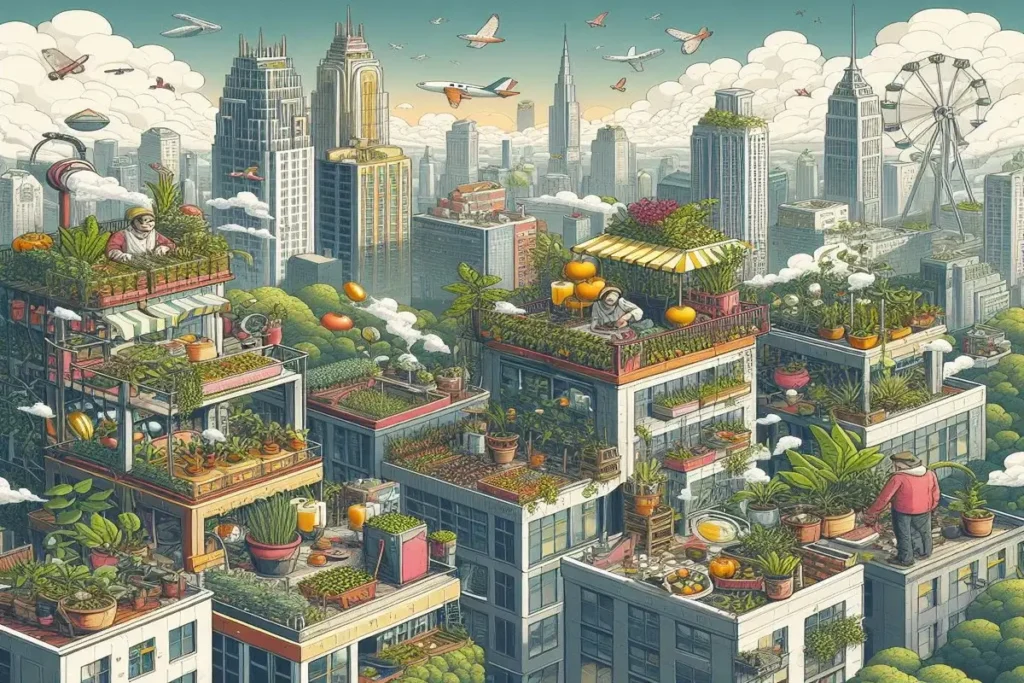
As we look ahead, the future of urban farming is poised to rise. New developments such as AI-supported farming and the incorporation of sustainable methods into urban planning offer a more resilient and independent urban environment.
Social Media and Urban Farming Movements
In the age of social media, urban farming has discovered fresh opportunities for development. Advocates promoting the cause and involving the community via online platforms have greatly contributed to the movement’s expansion.
Environmental Impact Assessment
Quantifying the environmental impact of urban farming is essential. Analyzing the carbon footprint and comparing it with traditional agricultural practices, helps us understand the true ecological benefits of cultivating food within city limits.
Read more:
Wellness Retreats: Mind, Body, and Soul Journeys
Travel Treasures: Iconic Souvenirs from Cities Worldwide
The Soundtrack of Travel: Music Across Continents
Green Horizons : Sustainable Tourism Practices Guide
Conclusion
Urban farming is not merely a trend. It represents a paradigm change in the way we see community involvement, sustainability, and food production. As cities continue to expand, the integration of green spaces through urban farming becomes not just a choice but a necessity. So, whether you’re contemplating a small rooftop garden or envisioning a thriving community farm, the urban farming adventure awaits.
FAQs
Q1: Is urban farming feasible in all cities?
A1: Urban farming can be adapted to suit various city environments, but factors like climate, local regulations, and community support play crucial roles.
Q2: How can I participate in urban farming initiatives?
A2: Join local community gardens, attend workshops, or start small with a personal balcony garden to dip your toes into urban farming.
Q3: Do urban farms contribute to lowering carbon emissions?
A3: Yes, urban farms help reduce carbon emissions by minimizing transportation distances for fresh produce.
Q4: What role does technology play in urban farming?
A4: Technologies like hydroponics, smart farming apps, and AI-assisted systems enhance resource efficiency and contribute to the success of urban farming.
Q5: Can urban farming really make a significant impact on global food production?
A5: While urban farming may not replace traditional agriculture, it can supplement food production and promote local sustainability.
